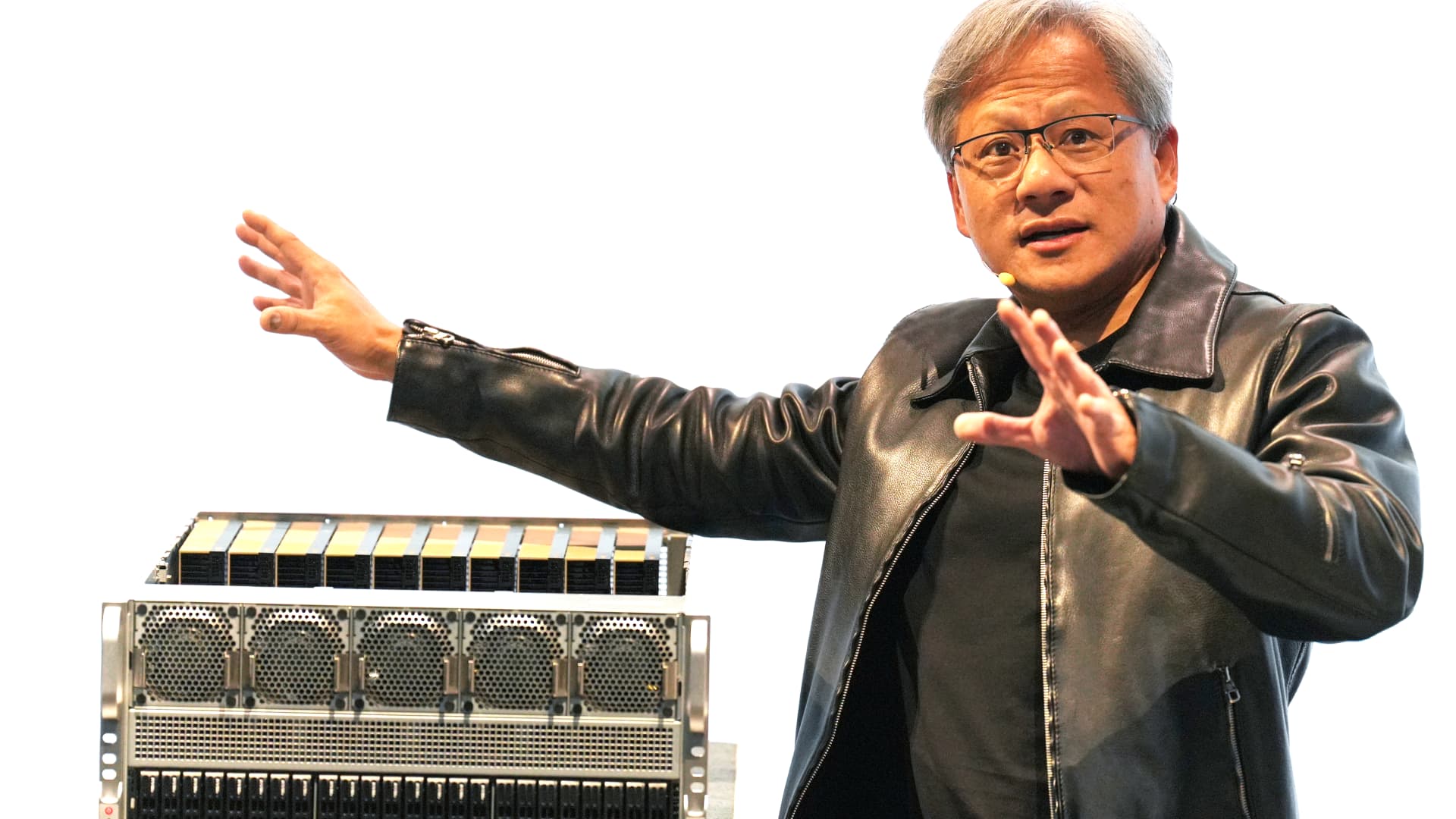Why is it so hard to create new types of pain relievers?

Opioid use disorder is a particularly difficult disease to treat. But we do have safe and effective medications. These drugs help curb withdrawal symptoms, reduce illegal opioid use, and help people stay in treatment. They also reduce the risk of death from overdose. A study published Monday, however, shows that just one in five people with opioid use disorder receives these drugs.
Clearly, we need to do better. That means improving treatment, but it also means finding alternative methods for controlling pain, a task that has proved exceedingly difficult. A study published last week suggests the Boston-based biotech Vertex may be making headway with its compound VX-548, a pill that aims to relieve pain in the wake of surgery. The highest dose of the compound offered greater pain relief than a placebo after bunion removal or tummy tuck surgery. That’s good news in a space that has had more than its fair share of setbacks.
Treating pain is complicated because pain itself is complicated. Doctors categorize pain by how long it lasts—acute vs. chronic—and also how it begins. Some pain starts with damage to the body—a cut, a burn, a broken arm, a tumor. Sensory nerves (neurons) in our body detect the damage and send pain signals to the brain. Some pain, such as the stinging and burning that comes with diabetic nerve damage, begins with injury to the neurons themselves.
Opioids—heroin, morphine, fentanyl and all the rest—work by masking pain. They bind to receptors in the brain and spinal cord, initiating a series of reactions that help block pain signals. Prescription opioids are extremely good at pain relief in certain situations. But they don’t just block pain. Activating the opioid receptors also prompts a rush of dopamine, which makes us feel good—even euphoric. The feeling doesn’t last. And the more a person takes, the more is needed to get the same rush. That’s why these drugs are ripe for abuse.
Non-opioid painkillers already exist, of course—things like ibuprofen, aspirin, acetaminophen, and naproxen sodium. You’re probably familiar with many of them because they’re available over the counter. They don’t trigger a dopamine release and aren’t addictive like opioids, but these medications come with some serious drawbacks: ulcers, bleeding, heart problems, and more. Most (with the exception of acetaminophen) belong to a class called nonsteroidal anti-inflammatory drugs, or NSAIDS for short. As the name suggests, they target inflammation in the body, blocking the production of chemicals that cause us to feel pain. But they don’t work for pain of many other types.
The effort to develop new classes of pain medicines has hit many roadblocks. Just last year Regenron pulled the plug on development of a compound to treat osteoarthritis and chronic back pain; an experimental pain therapy from the Illinois-based biotech Aptinyx failed in a trial to help people with fibromyalgia; and the California company Acadia reported that its compound performed no better than a placebo in people who had undergone bunion removal surgery*. In 2021, Eli Lilly and Pfizer halted development of tanezumab, a monoclonal antibody to treat pain in people with osteoarthritis. Why each of these failures occurred isn’t entirely clear, which makes it difficult to find the best path forward.
Vertex’s new compound is part of a class of drugs that target sodium channels on the pain-sensing nerves themselves. Stephen Waxman, a Yale neurologist who studies pain, describes them as “tiny molecular batteries” that drive the production of nerve impulses. Some sodium channel blockers already exist—the numbing agent lidocaine, for example. But because they block all sodium channels, even crucial ones on heart cells and in the brain, they are often administered only as local anesthetics.
VX-548 targets a specific channel called Nav1.8 that is found only on pain-sensing neurons. That means it can work broadly on those neurons throughout the body without blocking the function of the heart or brain. Because it doesn’t activate opioid receptors, it also doesn’t trigger a release of dopamine, giving people pain relief without an accompanying high.




